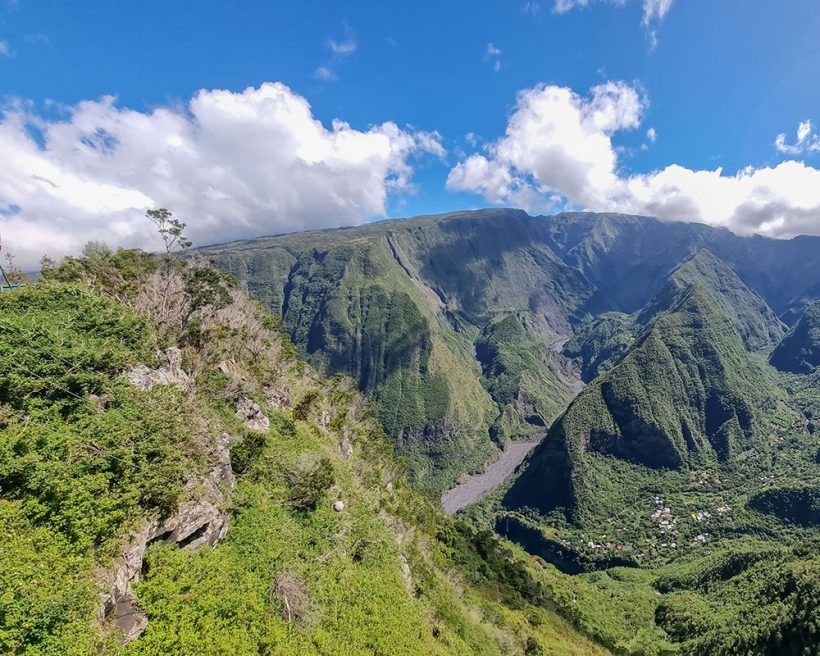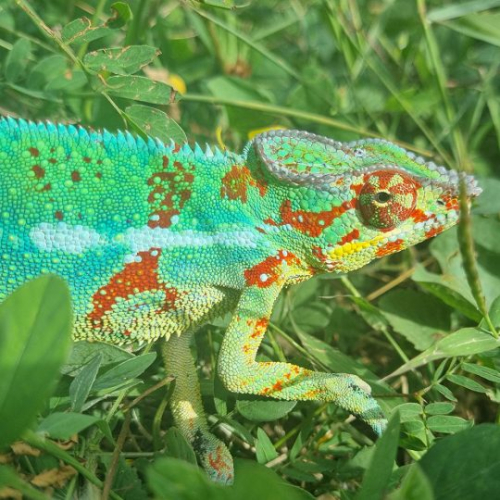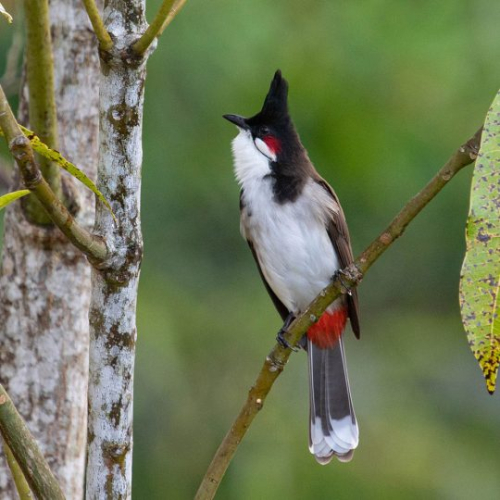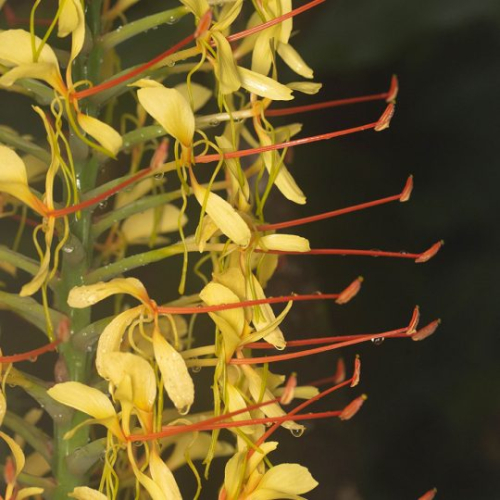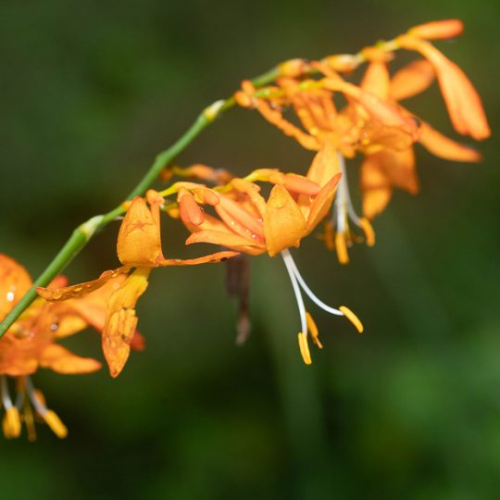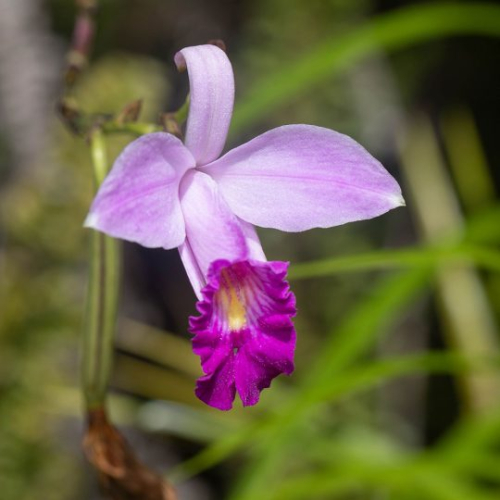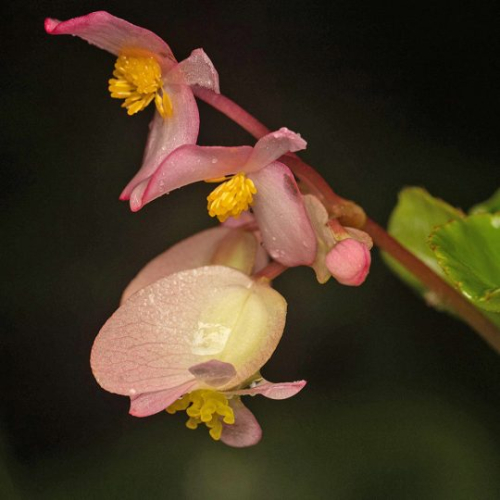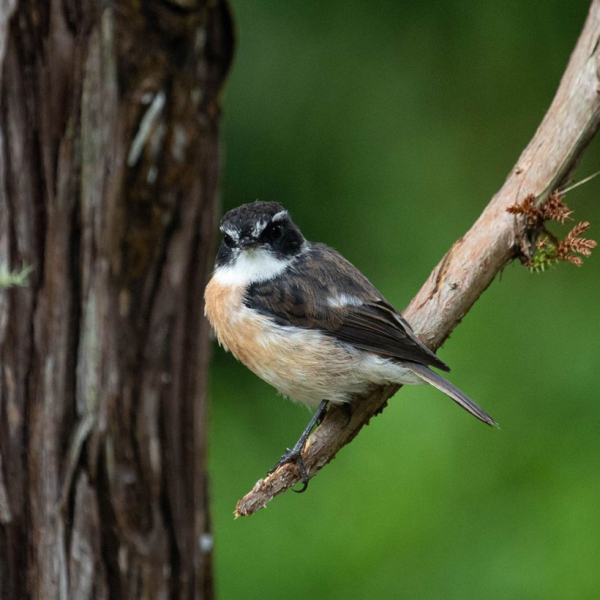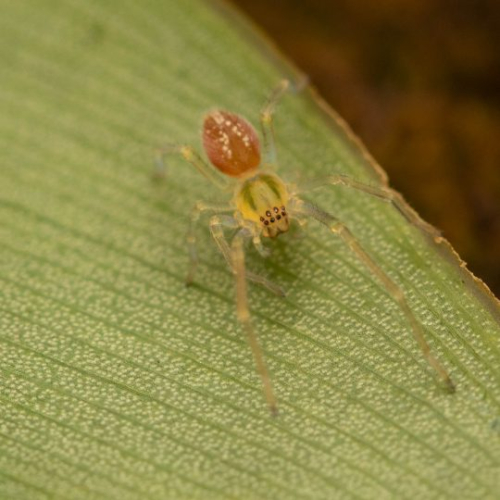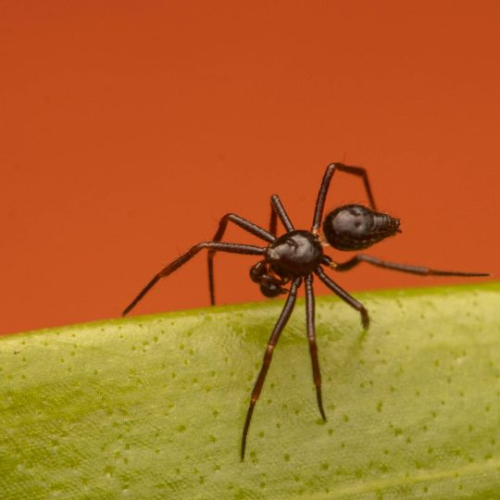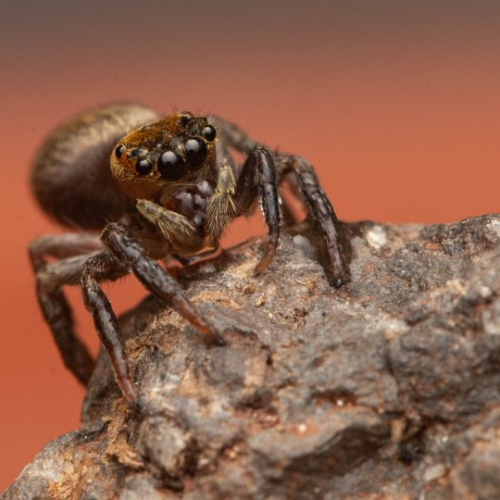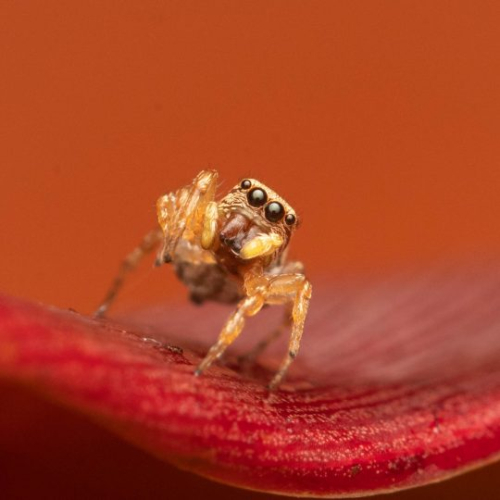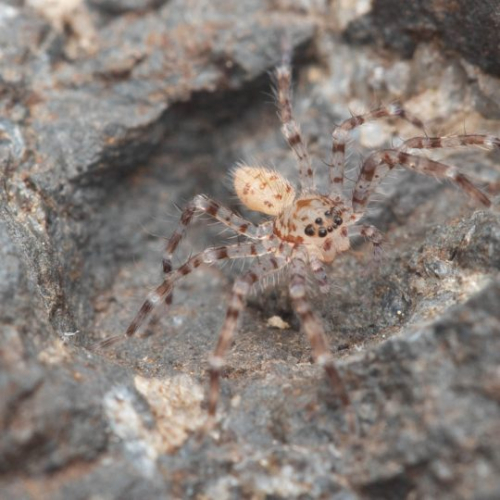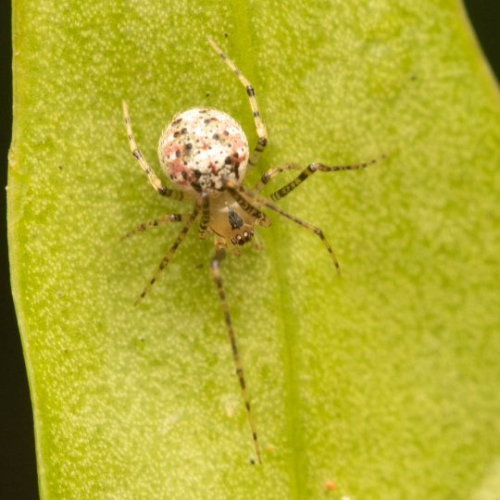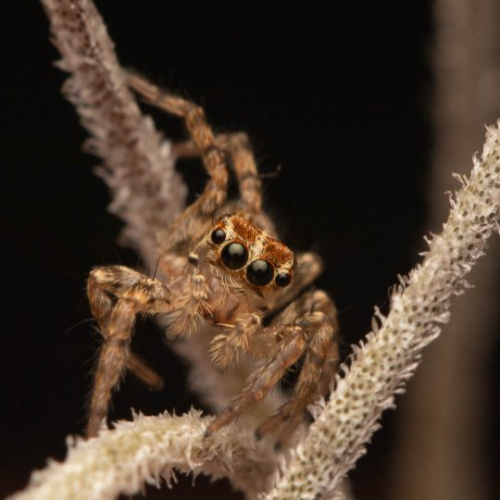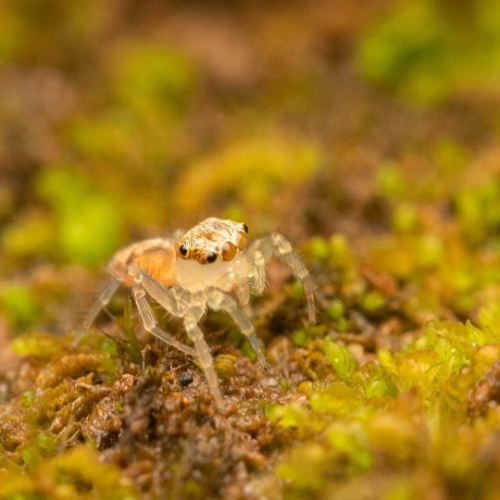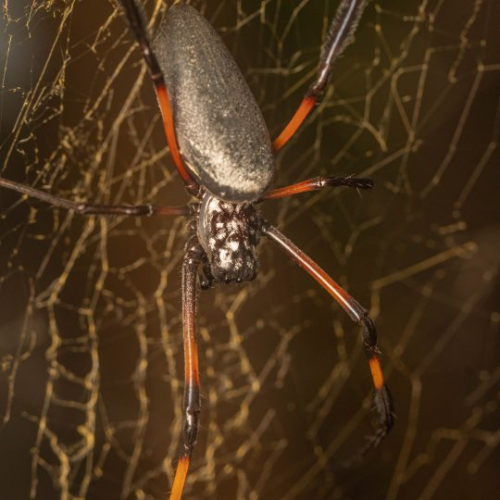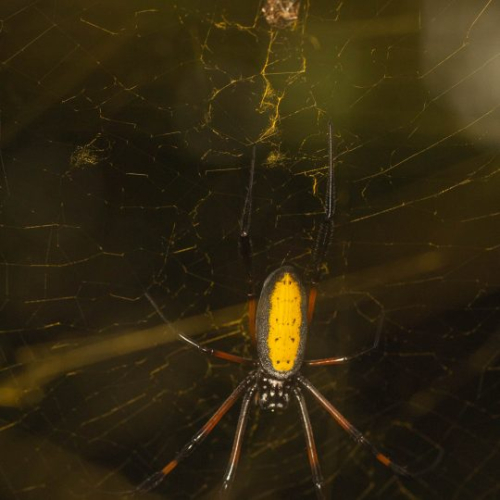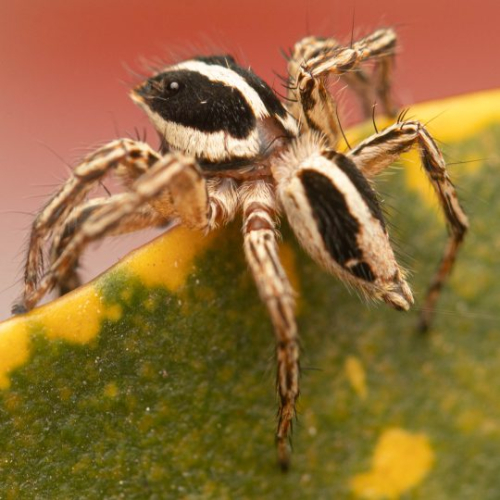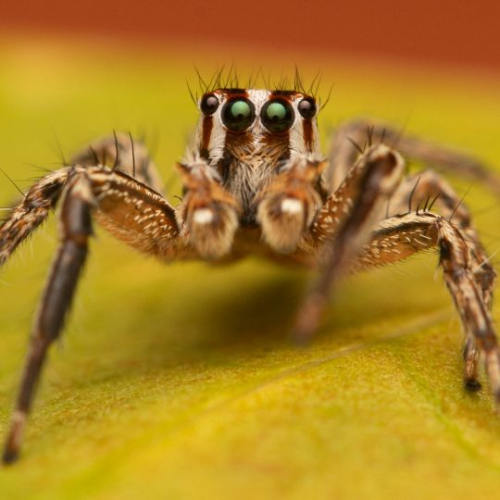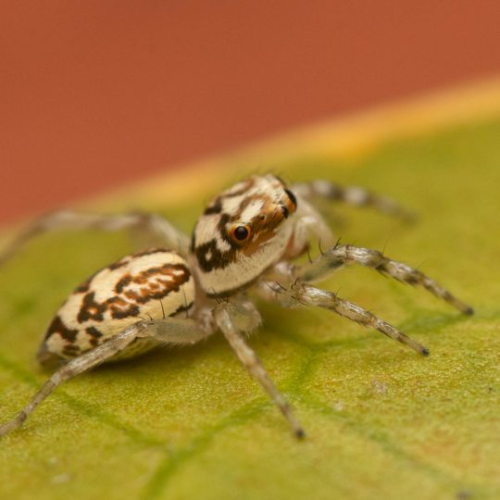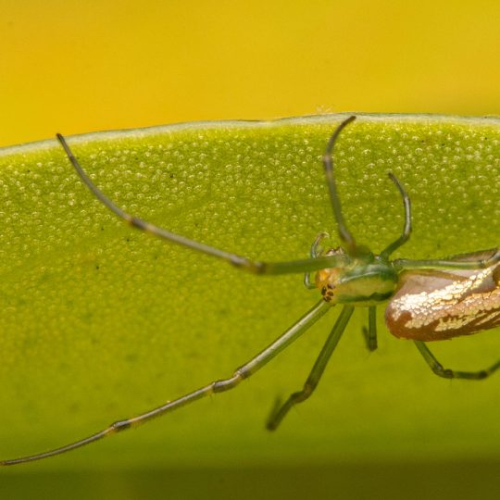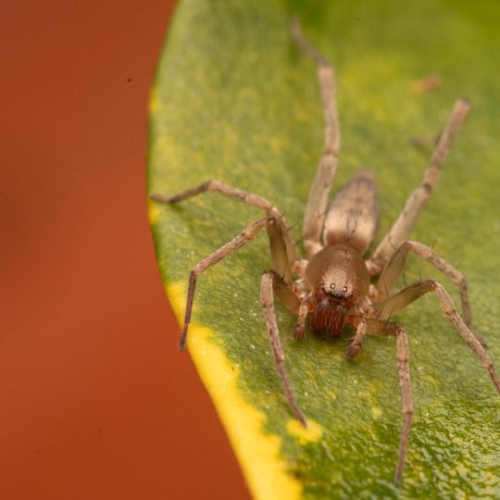This year, I was honoured to be offered a once-in-a-lifetime trip to Réunion Island, through a university exchange programme between the University of Cape Town (UCT, of which I am a research affiliate) and the University of Réunion. The opportunity was made possible through an EU (European Union) fund known as the Erasmus Grant and I was invited to partake in this exciting programme by Prof Terry Hedderson, Bryologist based at UCT. A Bryologist is someone who studies mosses – and Terry is an expert in this field: Recently he also started exploring our renosterveld remnants and found a diversity of beautiful mosses, including some new species – but that is for another post.
My long-time friend and colleague, Dr Rob Simmons (harrier expert) and I got to spend two weeks on this magnificent island in April, in exchange for giving some lectures to the local Masters students and visiting interns (French, Dutch, Canadian) at the University of Réunion. While student exams and a bout of Covid put a handbrake on our island explorations and prevented us from spending as much time as we had expected with the students, we had an enriching and wonderful experience on this magnificent, tiny (67 km X 45 km), tropical and humid ‘department’ of France.
Above: Swimming and surfing is forbidden along most of the coastline surrounding the beautiful island of Réunion, due to high numbers of sharks in these warm, Indian Ocean seas. But there are coral reefs where swimming is safe and permitted.
Naturally, because of our work on Black Harriers, our first and foremost interest was in seeing the endemic and Endangered Réunion Harrier – the World’s rarest harrier, with an estimated breeding population of just 500-600 birds (with the Black Harrier estimate being 1300 birds). While 40% of the island is protected by National Parks (thankfully, the island comprises mostly steep and inaccessible volcanic mountains), a large portion of the island is developed for agriculture and urban developments for the population of over 850 000 people. Given the rich soils and tropical climate, the main crop grown here is, predictably, sugarcane. The Réunion Harrier is the ONLY remaining raptor and predator on the island and as a result, has adapted to just about every available niche: It hunts small mammals (all introduced rats, mice and even tenrecs -the latter from Madagascar), birds, reptiles – and in very atypical harrier style, it even scavenges and eats fish! It also breeds in a variety of habitats, from its preferred native forest habitats to slopes covered in large bracken (ferns) to small, forested remnants in watercourses between agricultural fields. Usually, such adaptable habits would mean that a species has a good chance of surviving on an island with substantial anthropogenic influences. However, as is sadly the case for many islands, introduced rats are abundant and this is particularly a challenge for the local sugarcane farmers, who resort to the extensive use of anticoagulant (blood-thinning) rodenticides to combat the issue: This is the number one threat to the Réunion Harrier, whose gene pool is also worryingly small. We were able to meet with key players in the conservation of the species from the SEON (the ornithological society) and the National Parks to discuss and compare the challenges and conservation measures for both the Réunion and Black Harrier. We were also shown some spectacular nest sites where the local harriers breed: It was quite something to get our heads around a harrier that breeds in forested environments!
The beautiful, endemic and Endangered ‘Papangue’ or Reunion Harrier breeds in a variety of habitats on the island, from native forest (above) to disturbed habitats with bracken ferns and invasive orchids (below).
Being the nature enthusiasts that we are, we started birding with first light on the first day and I set out to photograph as many creatures as I could: To our great disappointment, most of what we saw on the first day were introduced species. Amongst these was the impressive Panther Chameleon, introduced from Madagascar, and the incredibly striking Whiskered Bulbul from Asia, which was one of the most abundant species on the island, along with (sadly) Indian Mynas and House Sparrows. Several of the spiders that I photographed were also introduced (probably accidentally in many cases, as happens with many smaller creatures, thanks to man’s globe-trotting habits). More disconcerting, and typical of so many islands, are the high extinction rates the island has experienced: about 25 species were brought to extinction by man’s hand: These include an owl, a falcon (kestrel), parrots, parakeets, a goose, and a giant tortoise – to name but a few – and all endemic to the island. The extinctions were mostly the result of indiscriminate hunting, introduced animals (especially predators and primarily domestic cats), the introduction of avian diseases brought in by introduced birds, and habitat destruction. The neighbouring island of Mauritius is most famous for the extinction of the Dodo, which has become a symbolic species for extinction and a harsh reminder of what man is capable of. Today, only nine endemic birds remain on Réunion island– several of which are on the Red Data List.
Above: These pretty and striking species are all introduced to the island and have thrived here: The Panther Chameleon is from Madagascar, the Red-whiskered Bulbul from Asia and all the plants are highly invasive species from elsewhere. Sadly, these species are completely and irreversibly altering the island’s habitats.
The island’s two gorgeous, endemic geckos are listed as Endangered and Critically Endangered and I was lucky enough to see and photograph the latter, the Réunion Island Ornate Day Gecko (Phelsuma inexpectata), a magnificent, shy day gecko unlike any species we find in SA.
The endemic, Critically Endangered Reunion Ornate Day Gecko (left) and a terrible shot (but still a shot!) of a White-tailed Tropicbird (right) – the stuff naturalists dream of seeing.
A male and female endemic Reunion Stonechat, which appear quite similar to our African Stonechat.
With having recently developed a passion for spiders, which make excellent macro-photography subjects, I set out to find as many as I could, but sadly a lot of my free (Covid-ridden) time was restricted to garden exploration. Nevertheless, I found some beauties and some extremely kind and helpful local spider experts were able to assist me with identifying them. Several of the spiders that I photographed were not endemics (probably introduced by man accidentally in many cases, as happens with many smaller creatures, thanks to man’s globe-trotting habits, but also cyclones and other natural events).
The spider diversity on the island is wonderful and I managed to capture some images of these shy creatures. IDs of the specific species can be found on my observations on iNat here.
A first for me was snorkelling on the coral reefs of the island – an experience that left me spellbound and breathless (not just due to Covid!). The array of life and colour that carried on below me as I floated on the wonderfully buoyant, salty sea, was unlike anything I have ever seen. While much of the reef on this particular beach was broken (from careless swimmers), making parts of the seabed resemble a recently-ploughed piece of virgin land, the islands of intact coral were full of diversity. I took solace in the fact that extensive areas are formally protected.
Above: Calm waters over the coral reefs where swimming and snorkelling is allowed.
Another first, and a major highlight, was visiting one of the most active volcanos on Earth: Piton de la Fournaise. While there was no smoke or lava billowing from this mighty mound, the rather eerie moonscape surrounding the volcano, which in turn is enclosed by 90 degree, vegetated cliffs, makes for one of the most dramatic landscapes I have ever had the privilege of experiencing. Beyond this, the open shrubland vegetation reminds one of montane Fynbos and it even contains several ‘Fynbos’ genera, including Stoebe, Erica and Phylica.
View of the Piton de la Fournaise and moonscape surrounds.
Compared with mainlands, volcanic islands which form from volcanic eruptions from the sea floor to become small land masses, tend to be naturally depauperate (species poor), as only things which can fly or are wind-dispersed can essentially colonise them. However, given enough evolutionary time, they can become centres of endemism. At about three million years old, Reunion is one such island. It boasts about 230 endemic plants (including some fynbos genera!) and, together with its Indian Ocean sister islands, it is considered one of the World’s 36 Biodiversity Hotspots, meaning it is completely irreplaceable. Man’s careless actions (habitat transformation, indiscriminate shooting, the use of poisons, and the introduction of invasive alien species) have meant that these unique and delicate places are now even more vulnerable than ever before.
A diversity of natural habitats occur on the island, from Tropical Montane Cloud Forest (of which large tree ferns are a feature (above)), to steep, forested volcanic slopes (above middle), to shrublands with fynbos elements (above, lowest pic). These diverse and rich habitats contrast strikingly with the sugarcane monocrops which have replaced many natural habitats.
Above: Walking through sugarcane with students
So, how does this link to renosterveld, you may ask. In many parts of the world, natural remnants of severely fragmented mainland habitats have effectively been reduced to islands – their ‘sea’ in these cases equates to the transformed landscape which now engulfs them – either agricultural or urban. The man-induced, rapid and radical fragmentation of these once-extensive habitats never granted the species that live in them enough time to adapt to surviving on an island and as a result, many plants, animals and ecosystem processes have gone extinct. This has no doubt happened within the Fynbos Biome and in particular, its lowland renosterveld and fynbos habitats. The most significant habitat transformations took place within the last 50-100 years, with the advent of the bulldozer and other large agricultural implements, meaning that we have undoubtedly lost hundreds of species before they were even known to science. For renosterveld, we are now merely managing small islands and hoping that their extinction debts will not be as significant as logic and science predict. Extinction debt theory refers to the likelihood that, in evolutionary terms, the fragmentation of these habitats is very recent and therefore, we have not yet seen the full effect of this radical change on species extinctions. For example, many plants may still be present on the ‘islands’ of renosterveld, but their pollinators have disappeared, and thus with time, so will the plants. Effectively, these systems of the ‘living dead’ are still paying their extinction debts and it will take time for them to disappear completely. Those of us at the coalface of conservation are hoping that in reality, many species and habitats will display more resilience than what the theory predicts: time will tell.
Protecting islands, whether in the ocean or on mainlands, is crucial for preventing the further extinction of our global biodiversity. Of equal importance is protecting those habitats which are intact but face future threats because of a burgeoning human population (such as new, genetically modified agricultural crops, overgrazing by livestock, housing developments and even renewable energy developments) – it is up to us to do what we can to reduce the predicted sixth extinction.

